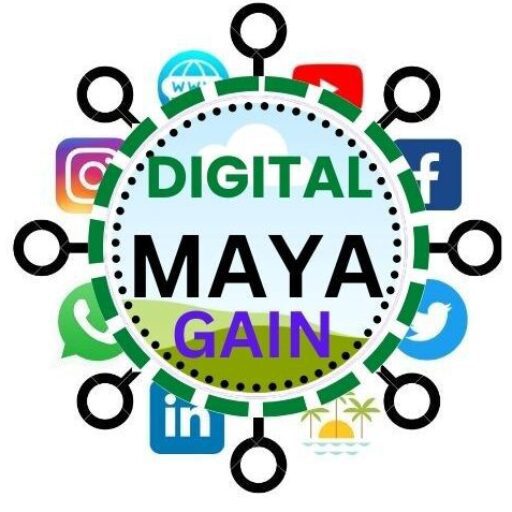Today, I am honored to stand before you to discuss a topic Web Design: The Art and Science of Creating Engaging Digital Experiences that has become an essential part of our digital lives—web design. In the modern era, where businesses, entertainment, education, and communication have increasingly moved online, web design plays a crucial role in shaping how we interact with the digital world.

Understanding Web Design
Web design is the process of creating visually appealing and functional websites that provide an excellent user experience. It combines various disciplines, including graphic design, user experience (UX) design, user interface (UI) design, coding, and content creation. A well-designed website not only attracts visitors but also engages and retains them.
The Evolution of Web Design
The journey of web design has been nothing short of remarkable. From the early text-based websites of the 1990s to the visually rich and interactive websites of today, the field has undergone significant transformation.
- The Early Days (1990s): Websites were static, simple, and text-heavy. HTML was the primary tool for structuring content, and web pages were plain and uninspiring.
- The Rise of CSS (Early 2000s): The introduction of Cascading Style Sheets (CSS) allowed designers to separate content from presentation, resulting in more visually appealing websites.
- The Era of Web 2.0 (Mid-2000s): This period saw the rise of user-generated content, interactive features, and social media integration. Websites became more dynamic and engaging.
- Responsive and Mobile-First Design (2010s-Present): With the proliferation of smartphones and tablets, websites must now adapt to various screen sizes. Responsive design ensures that users have a seamless experience across different devices.
- AI and Automation (Present-Future): Artificial intelligence (AI) and automation are beginning to shape web design by offering personalized experiences, chatbots, and predictive design solutions.
Key Elements of Web Design
- Layout and Structure: A website’s layout determines how information is presented. It should be clean, intuitive, and easy to navigate.
- Color Scheme and Typography: Colors evoke emotions, and typography enhances readability. Choosing the right combination can significantly impact user perception.
- User Experience (UX) Design: UX focuses on the ease of navigation, interaction, and overall satisfaction of the user.
- User Interface (UI) Design: UI design ensures that interactive elements, such as buttons and forms, are visually appealing and functional.
- Mobile Responsiveness: With a large percentage of users accessing websites via mobile devices, designing for different screen sizes is crucial.
- Content and SEO Optimization: Content should be engaging and optimized for search engines to improve visibility and ranking.
- Speed and Performance: Slow-loading websites can drive users away. Optimizing images, reducing code bloat, and using Content Delivery Networks (CDNs) can enhance performance.
- Security and Accessibility: Ensuring that websites are secure and accessible to all users, including those with disabilities, is an essential aspect of modern web design.
The Role of Web Designers
Web designers are the architects of the digital world. Their responsibilities include:
- Understanding client needs and objectives.
- Creating wireframes and prototypes.
- Designing visually appealing layouts.
- Ensuring mobile responsiveness and usability.
- Collaborating with developers, content creators, and marketers.
- Keeping up with the latest trends and technologies in web design.
The Importance of Web Design for Businesses
A company’s website is often the first point of interaction with potential customers. A well-designed website can:
- Enhance brand credibility and trust.
- Improve customer engagement and conversion rates.
- Provide valuable information and resources.
- Serve as a marketing tool to attract and retain customers.
- Boost search engine rankings and online visibility.
Future Trends in Web Design
As technology evolves, so does web design. Some emerging trends include:
- Dark Mode: A visually appealing and battery-efficient design choice.
- Voice Search Optimization: Adapting websites for voice-activated assistants.
- AI-Powered Design: Using AI to generate personalized user experiences.
- Microinteractions: Small animations that enhance user engagement.
- Augmented Reality (AR) and Virtual Reality (VR): Immersive experiences that take user interaction to the next level.
Conclusion
In conclusion, web design is a dynamic and ever-evolving field that shapes our digital experiences. Whether for personal, business, or entertainment purposes, a well-designed website can make a lasting impression. As technology continues to advance, web designers must stay ahead of trends, embrace innovation, and create digital spaces that are both functional and visually appealing.




Pingback: Web Design in Hisar - Digital Maya Blog